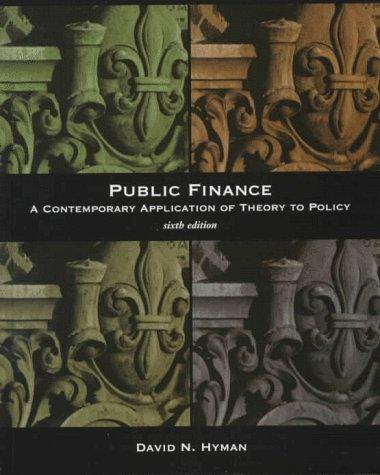Answered step by step
Verified Expert Solution
Question
1 Approved Answer
14 2. 3. (Individual or component costs of capital) Compute the cost of capital for the firm for the following: a. A bond that has
14

(Individual or component costs of capital) Compute the cost of capital for the firm for the following: a. A bond that has a $1,000 par value (face value) and a contract or coupon interest rate of 10.7 percent. Interest payments are $53.50 and are paid semiannually. The bonds have a current market value of $1,122 and will mature in 10 years. The firm's marginal tax rate is 34 percet. b. A new common stock issue that paid a $1.82 dividend last year. The firm's dividends are expected to continue to grow at 7.3 percent per year, forever. The price of the firm's common stock is now $27.28. c. A preferred stock that sells for $152, pays a dividend of 9.4 percent, and has a $100 par value. d. A bond selling to yield 12.2 percent where the firm's tax rate is 34 percent. (Individual or component costs of capital) Your firm is considering a new investment proposal and would like to calculate its weighted average cost of capital. To help in this, compute the cost of capital for the firm for the following: a. A bond that has a $1,000 par value (face value) and a contract or coupon interest rate of 11.6 percent that is paid semiannually. The bond is currently selling for a price of $1,130 and will mature in 10 years. The firm's tax rate is 34 percent. b. If the firm's bonds are not frequently traded, how would you go about determining a cost of debt for this company? c. A new common stock issue that paid a $1.73 dividend last year. The par value of the stock is $15, and the firm's dividends per share have grown at a rate of 7.4 percent per year. This growth rate is expected to continue into the foreseeable future. The price of this stock is now $27.71. d. A preferred stock paying a 9.4 percent dividend on a $126 par value. The preferred shares are currently selling for $154.01. e. A bond selling to yield 12.5 percent for the purchaser of the bond. The borrowing firm faces a tax rate of 34 percent 2.

3.

Step by Step Solution
There are 3 Steps involved in it
Step: 1

Get Instant Access to Expert-Tailored Solutions
See step-by-step solutions with expert insights and AI powered tools for academic success
Step: 2

Step: 3

Ace Your Homework with AI
Get the answers you need in no time with our AI-driven, step-by-step assistance
Get Started


